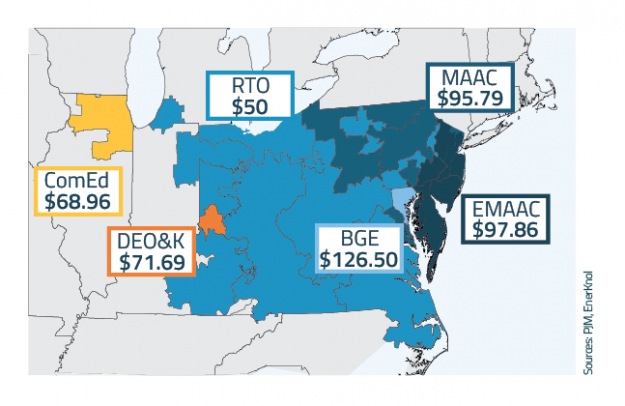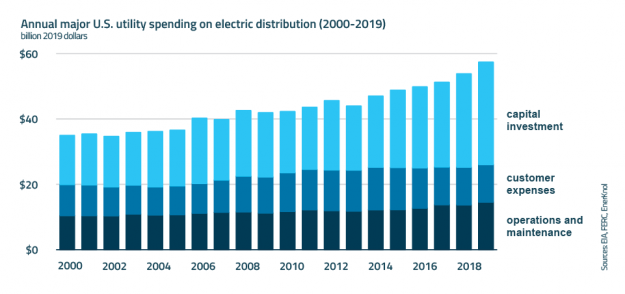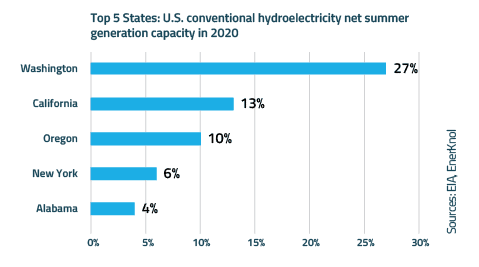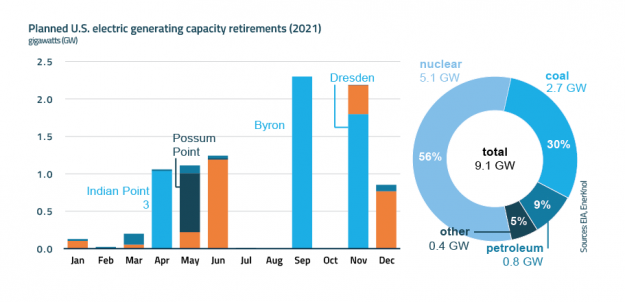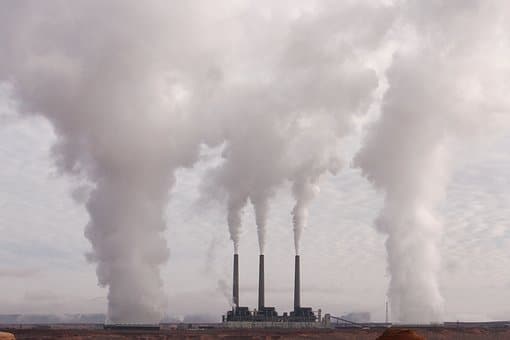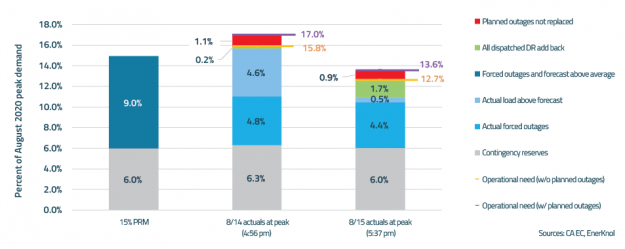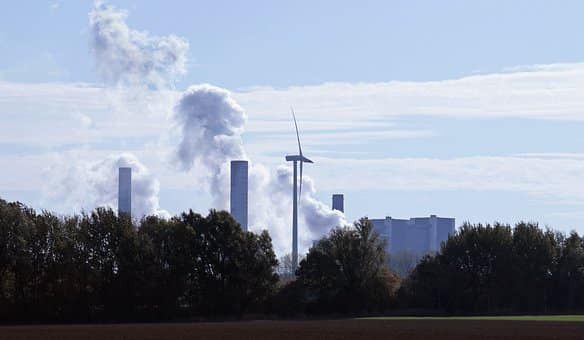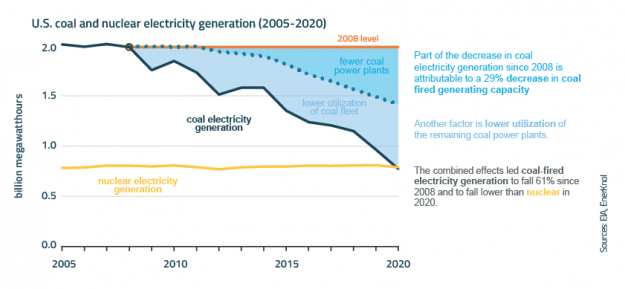Visual Primer: Performance-Based Regulation Expands to Advance Clean Energy Transition, Serve Social Goals
Performance-based regulation (PBR) continues to evolve in the face of transformational changes brought about by new technologies, changing customer preferences, and state policy mandates. Recent actions range from Hawaii’s approval of performance incentive mechanisms to accelerate clean energy goals, the District of Columbia’s ratemaking pilot that contains climate goals-driven tracking mechanisms, and Washington’s law to move towards PBR to help utilities adapt to rapidly changing societal expectations and public policy objectives.

